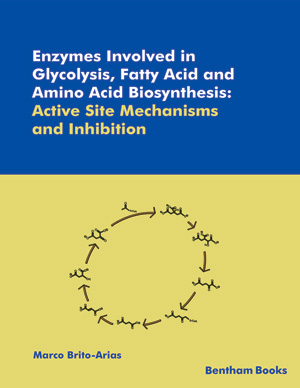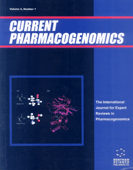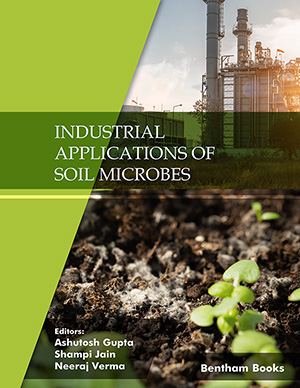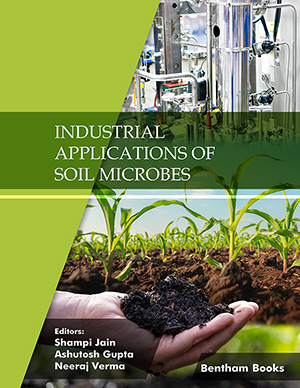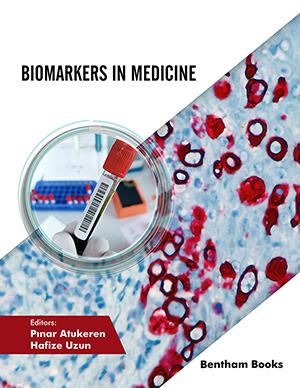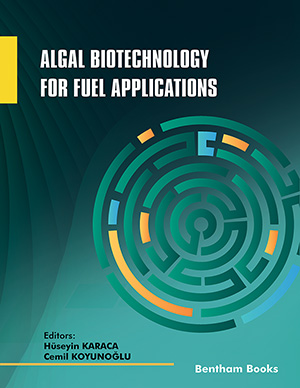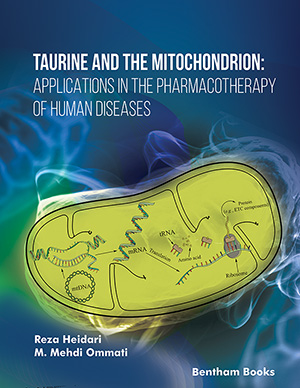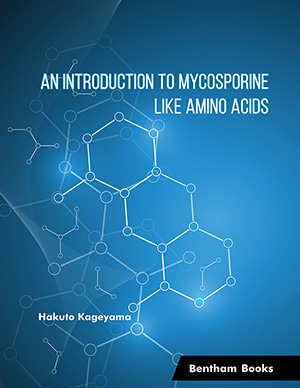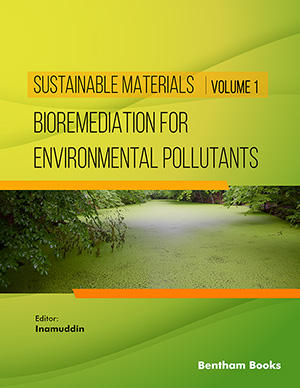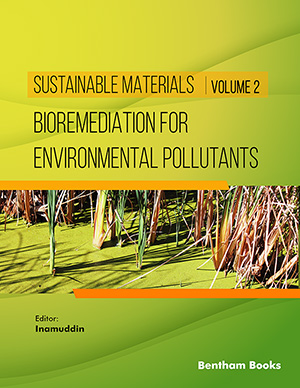Abstract
The biochemical process known as glycolysis is a fundamental pathway, which allow the glucose to be transformed into energy (ATP) and pyruvate. During this process the glucose is first phosphorylated at the 6th position, then converted to fructose by the phosphoglucose isomerase and phosphorylated to fructose 1,6- biphosphate. The next steps involve the bond cleavage by the enzyme fructose biphosphate aldolase to dihydroxyacetone phosphate and glyceraldehyde 3-phosphate, which can be converted from the keto to the aldehyde by the enzyme triose phosphate isomerase. A second phosphorylation of glyceraldehyde 3-phosphate takes place by the enzyme glyceraldehyde-3-phosphate dehydrogenase in the presence of NAD+ and Pi providing 1,3-bisphosphoglycerate. The next step was mediated by the enzyme phosphoglycerate kinase to produce ATP and 3-phosphoglycerate which undergoes phosphate migration producing 2-phosphoglycerate. Further dehydration mediated by the enzyme enolase produce phosphoenolpyruvate which is finally converted by the enzyme pyruvate kinase to pyruvate and the release of a second ATP molecule.
Keywords: ATP molecules, Biphosphate, Dehydration.


